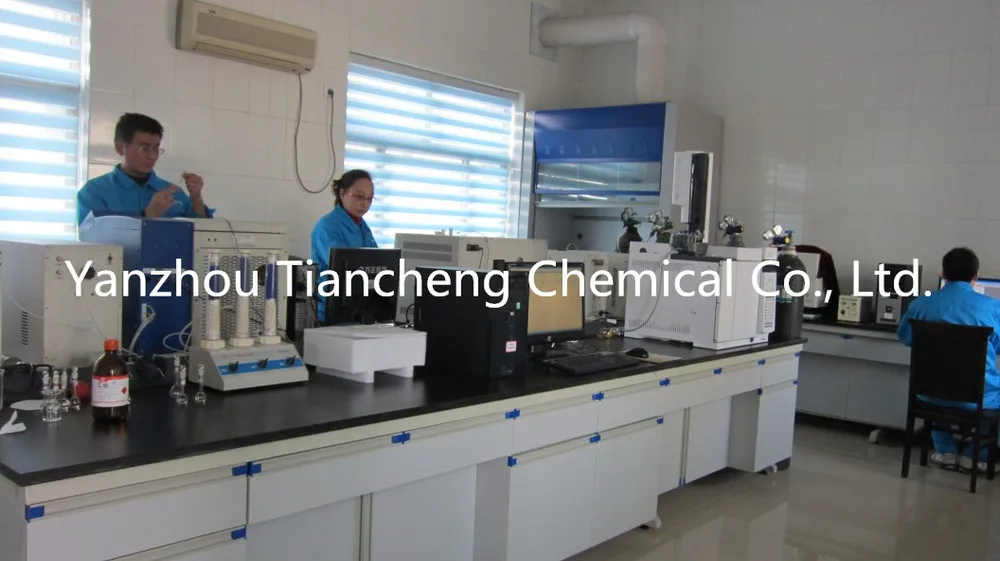Summer is a critical season for fish growth, but it's also a time when fish diseases are more likely to occur. Proper management and care of adult fish during this period play a vital role in enhancing breeding quality and increasing overall efficiency.
During summer, feeding and fertilization should be adjusted daily. The main feed includes cakes, rice bran, wheat bran, and pellets, along with some fresh grass, leaves, and duckweed. If the water isn't sufficiently nutritious, a small amount of fertilizer should be used carefully to avoid over-fertilization, which can lead to fish deaths. For herbivorous fish, green feed is essential. In July, the feeding rate is about 40-50 kg per 100 kg of fish body weight, and in August, it increases to 65-80 kg. For carnivorous fish, concentrate feed should be given at 4-5 kg per 100 kg of fish daily. Snails and clams should be consumed within 7-9 hours. Water transparency should be maintained around 30 cm. If the pond is too thin, more organic fertilizer should be applied. Green manure should be sun-dried and mixed with compost before being placed in shallow areas near the pond, weighted down with stones or mud, and submerged. It should be turned every 3-5 days to fully decompose. After removing the residue, new materials are added, approximately 100 kg per application. Inorganic fertilizers should be applied every 5-7 days: 1 kg of urea per mu, or 1.5 kg of ammonium sulfate plus 1-1.5 kg of superphosphate, dissolved in water before spreading evenly. The frequency and amount depend on weather, water color, and fish condition. On sunny days, more fertilizer is suitable; on rainy days, less. When the water is light yellow or light green, more fertilizer is applied. If the water turns greenish or reddish-brown, reduce or stop fertilizing. For ponds with species like tilapia, whitefish, or herring, less green feed is needed.
Water quality management is crucial. Fresh water should be added every 10 days, with 15-20 cm each time. If water quality deteriorates, discharge 1/3 to 1/2 of the water first, then add fresh water. Once every 10 days, during the afternoon, stir the bottom of the pond, covering less than half the area. Every 20-30 days, apply 15-20 kg of quicklime per acre, dissolved in water and poured into the pond.
Disease prevention and control require regular observation in the morning and evening, and weeds should be removed promptly. Fish are prone to oxygen deficiency and floating heads before and after dawn. If this occurs, an aerator should be used immediately, or fresh water added. Without an aerator, sprinkling salt-mixed yellow mud (10 kg of yellow mud mixed with water and 10 kg of salt) can help. Avoid using bleach, as it may accelerate fish suffocation. About every 15 days, sprinkle 250-300 g of bleaching powder and 125 g of ferrous sulfate around the pond edges and feeding areas to prevent bacterial skin and gill diseases. For disease prevention, mix 0.5 kg of garlic per 10 kg of fish, chop it, and mix it into the bait. Feed it 2-3 times a month, each session lasting 3-5 days, to prevent enteritis and other common fish diseases.
Dry Strength Agent
I. Introduction
Papermaking dry strengthen agent is our company`s new and self-developed products that using imported raw materials. Its mechanism of action is: dry strength agent use polymer mesh structure to increase hydrogen bonding number in the mutual area of fiber to fiber. Dry strength agents in the combination area of long-chain polymers can be deformed, thus increasing the bond toughness. It could improve paper strength by the bridging ability formed by chemical function to make fibers and fibers have "implicated"
II. Technical indicators
|
|
|
Name
|
Dry strength agent
|
|
Appearance
|
Colorless viscous liquid
|
|
Solid content%
|
15%±1%
|
|
Viscosity mpa.s(25℃)
|
3000-13000
|
|
PH value
|
3.5-5.0
|
|
Storage period (normal temperature) days
|
3months
|
|
Note: PH value is adjustable according to user requirements
|

III. Function
The dry strength agent is not only a good enhancement, but it also has a higher enhancement effect in waste papers with more fine fiber filler. The use of our dry strength agent can improve paper quality, and it also significantly increase production efficiency, reduce costs and increase economic efficiency.
IV. Method of Application and Notes
1. When diluted with clean water, the dilution multiples of our product is generally about 15 to 30 times. After the product was stirred sufficiently, add uniformly to the slurry in an amount of 5 ~ 10 kg / ton.
2. Adding position that selected could have a full contact with the slurry. Generally choose ingredients pool, high box or import pump.
3. Use a plastic or stainless steel as the material for products storage, dilution tank, piping etc.. Iron-based material will produce corrosion and thickening phenomenon will occur.
4. Do not mix with Other Chemicals.
V. Packing
1000 kg barrels, or according to user requirements.
Dry Strength Agent,DSR,Dry Strength Additive,Chemicals Dry Strength Agent
Shandong Tiancheng Chemical Co., Ltd. , https://www.tianchengchemical.com
